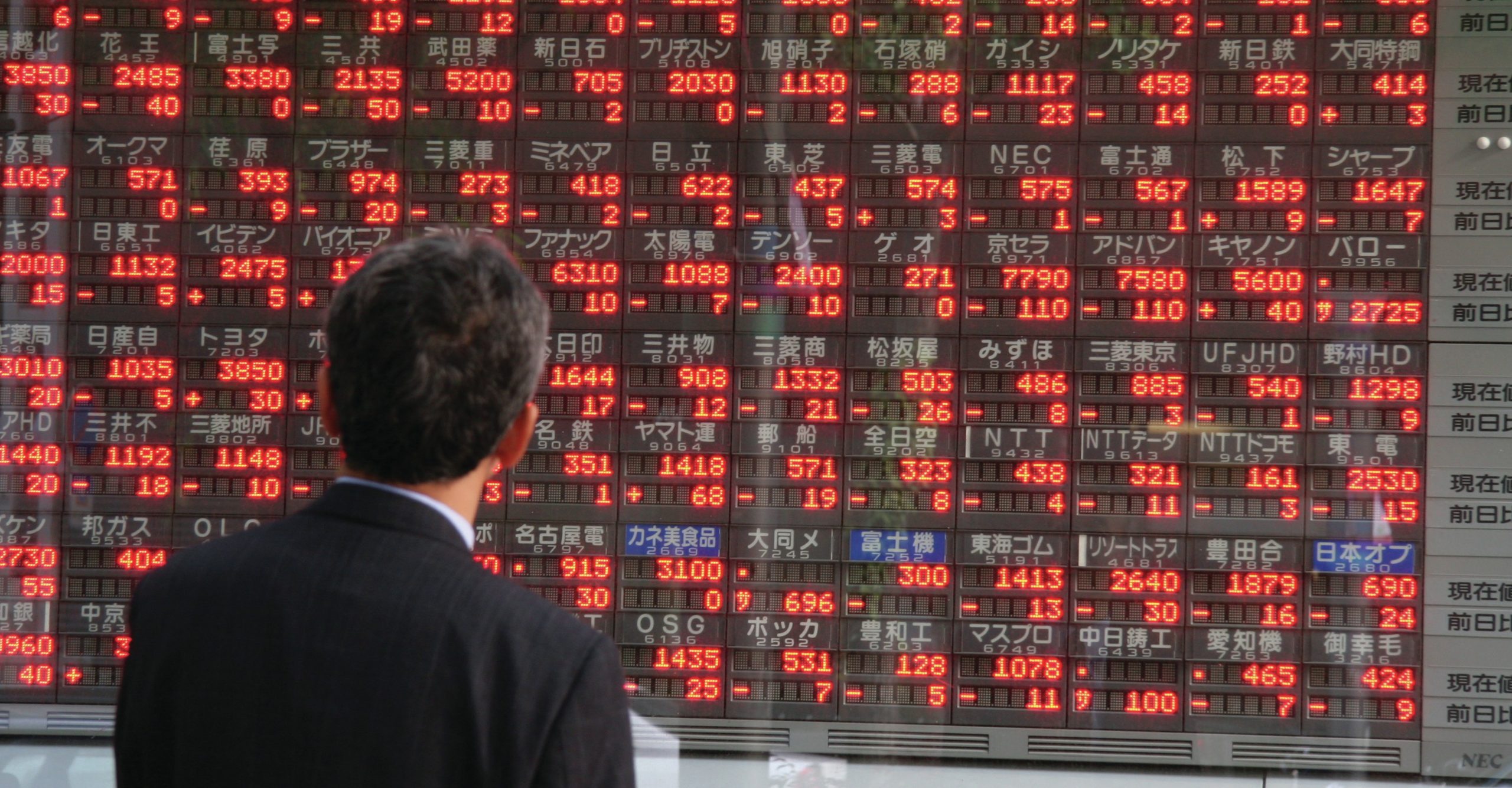
During the 1980s Japan was widely viewed as the next economic superpower. Several decades of rapid industrialisation had lifted the Japanese standards of living and total GDP was closing in on that of the USA (see Figure 1). The era of rapid growth ended dramatically in 1989–90. The Japanese Finance Ministry raised interest rates to ‘cool’ the overheating economy. Both property and share values fell sharply and economic growth slowed from an average of 4.8% in 1985–90 to 1.5% in 1991–95. Japanese banks were left with souring loans as lenders struggled to repay.
In 1995 Japan was struck by the 6.8 moment magnitude scale Kobe earthquake which killed over 6,000 people. The important port city of Kobe, the world’s sixth largest container port in 1995, was severely damaged, with over 100,000 buildings destroyed. Damage to infrastructure, businesses and housing was colossal and the total economic losses have been estimated at $100 billion — equivalent to 2% of Japan’s GDP at the time. The economy, slowly recovering from the 1989–90 crash, stalled due to the costs of rebuilding. Imports and exports dropped in 1995–96 although 12 months after the earthquake imports had recovered fully and exports were 85% of prequake levels.
Your organisation does not have access to this article.
Sign up today to give your students the edge they need to achieve their best grades with subject expertise
Subscribe




